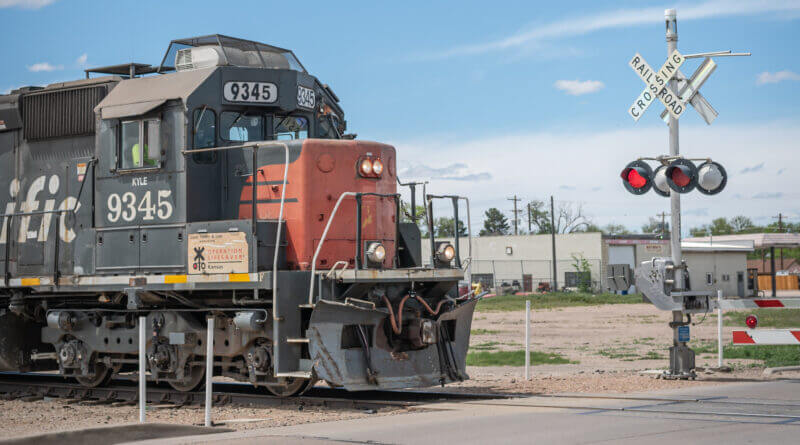Look both ways before crossing railways
Credit: Mississippi Department of Transportation
Last year, there were 34 crashes at public railroad crossings in Mississippi, and three of those crashes resulted in five fatalities. Most crashes at railroad crossings are preventable. On International Level Crossing Awareness Day, designated June 15 by the International Union of Railways, the Mississippi Department of Transportation (MDOT) is highlighting the importance of safety at railroad crossings around the state to prevent crashes and fatalities.
“While highway-rail crossing collisions have dropped over the years, far too many collisions still occur,” said MDOT Executive Director Brad White. “MDOT provides oversight in safety and traffic control on all public at-grade crossings, supporting 2,600 miles of railway. You can do your part to reduce accidents on railway crossings by putting safety first and following traffic laws.”
MDOT’s rails engineer inspects crossings each year to determine the need for lights and gates, creating a prioritization list. Using federal funding and guidelines, design and construction of lights and gates at crossings occur based on metrics such as available sight distance, incident history, the number of vehicles traversing the crossing, including the number of school buses, as well as the number and speed of the trains on the rail line.
MDOT works with cities and counties to offer guidance on other warning devices to increase safety at railroad crossings for the public. MDOT also works to separate state-maintained highways from railroads whenever possible.
With safety as the number one priority, MDOT offers these tips for motorists, pedestrians and bicyclists on International Level Crossing Awareness Day and every day.
- Trains and cars don’t mix. Never race a train to the crossing.
- The train you see is closer and faster-moving than you think. If you see a train approaching, wait for it to go by before you proceed across the tracks.
- Trains cannot stop quickly. Even if the locomotive engineer sees you, a freight train moving at 55 miles per hour can take a mile or more to stop once the emergency brakes are applied.
- Never drive around lowered gates — it’s illegal and deadly.
- Do not get trapped on the tracks; proceed through a highway-rail grade crossing only if you are sure you can completely clear the crossing without stopping. Remember, the train is three feet wider than the tracks on both sides.
- If your vehicle ever stalls on a track with a train coming, get out immediately and move quickly away from the tracks in the direction from which the train is coming. If you run in the same direction the train is traveling, when the train hits your car you could be injured by flying debris. Call your local law enforcement agency for assistance.
- At a multi-track crossing waiting for a train to pass, watch out for a second train on the other tracks, approaching from either direction.
- When you need to cross train tracks, go to a designated crossing, look both ways, and cross the tracks quickly, without stopping. Remember it isn’t safe to stop closer than 15 feet from a rail.
- ALWAYS EXPECT A TRAIN! Freight trains do not follow set schedules.
- Call for help! Each crossing location has a sign with identification and phone numbers to call to alert the dispatch for the rail line of any crossing issues.






